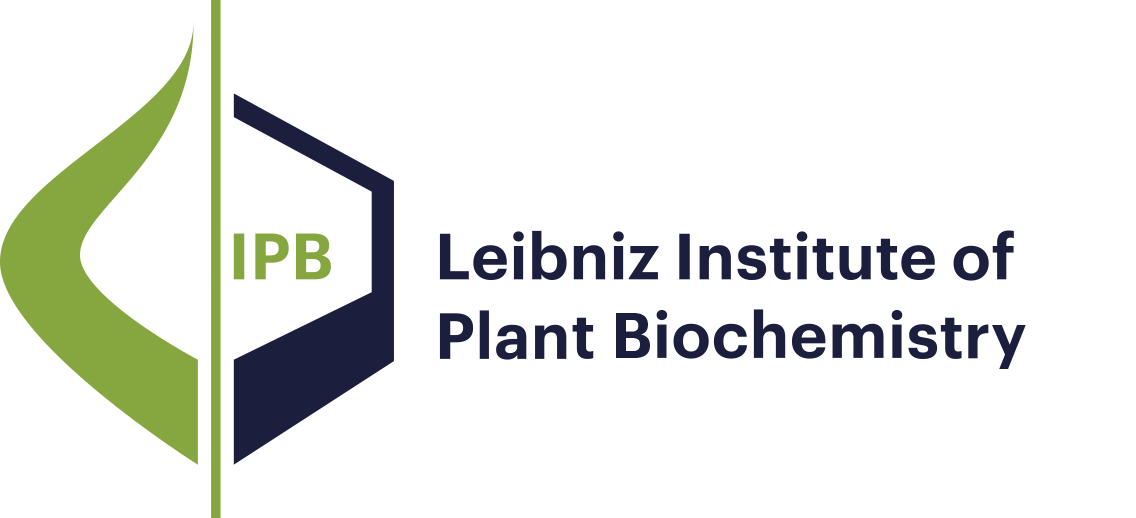- Results as:
- Print view
- Endnote (RIS)
- BibTeX
- Table: CSV | HTML
Publications
Publications
Publications
Publications
Publications
Research Mission and Profile
Molecular Signal Processing
Bioorganic Chemistry
Biochemistry of Plant Interactions
Cell and Metabolic Biology
Independent Junior Research Groups
Program Center MetaCom
Publications
Good Scientific Practice
Research Funding
Networks and Collaborative Projects
Symposia and Colloquia
Alumni Research Groups
Publications
The base-catalyzed acyl transfer (Baker–Venkataraman reaction) of chiral 2-acetyl-1-hydroxyanthraquionone esters 6 of 2-methylbutanoic acid or 11 of O-allyl lactic acid proceeds with virtually no racemization to ketides 7 and 12. The subsequent acid-catalyzed cyclization to the chiral anthra[1,2-b]pyran antibiotics such as (S)-1″-11-dideoxyespicufolin 8 or 13 also occurs with a very low racemization.
Publications
The asymmetric synthesis and kinetic resolution of a series of acyloins (α-hydroxy ketones) suitable as building blocks for the northern half of epothilones was studied. Three methods were applied to obtain nonracemic compounds at the eventual epothilone C15-position: asymmetric synthesis with Evans’ auxiliary, chemical resolution and enzymatic resolution. The success rate in small scale applications increased in the order given, and the enzymatic resolution was studied in more detail. Out of a set of nine lipases and esterases, lipases from Burkholderia cepacia, Pseudomonas sp., lipase B from Candida antarctica and recombinant esterases from Streptomyces diastatochromogenes exhibited the highest enantioselectivities with E-values ranging from 60 to >200. Pig liver esterase exhibited inverse enantiopreference and only with recombinant enzyme could a moderate selectivity (E = 50, commercial PLE: E = 8) be observed.
Publications
The reduction of prochiral ketones has been performed by Cr(II) L-amino acid complexes in aqueous DMF solution under mild conditions in good yields and moderate (up to 58%) ee values. The dependence of the yield and enantioselectivity on various factors such as the structure of the ligand, pH and the solvent has also been investigated. A mechanism based on SET from the Cr(II) ion followed by protonation by water and the formation of an organochromium intermediate is also proposed.
Publications
A range of chiral 4-(1′-hydroxyalkyl)oxazoline catalysts can be obtained in a straightforward two step synthesis, starting from β-hydroxy amino acids like l-serine or l-threonine. Catalyst 4c forms a complex with diethylzinc, effective for the enantioselective addition to aldehydes resulting in high yields and enantiomeric excesses up to >99% even with aliphatic aldehydes. In the latter case the enantiomeric excess showed a marked dependence of the aldehyde's chain length.
Publications
A new, easily accessible, chiral disulfide 3 was prepared from l-cysteine in a short synthetic sequence (Scheme. 1) and applied successfully as a highly efficient catalyst for the enantioselective addition of diethyl zinc to aromatic and aliphatic aldehydes to afford the product alcohols in up to more than 99% ee. In contrast to the more common amino alcohols used in similar reactions, catalyst 3 does not have a protic hydrogen in the form of a free hydroxy group.

